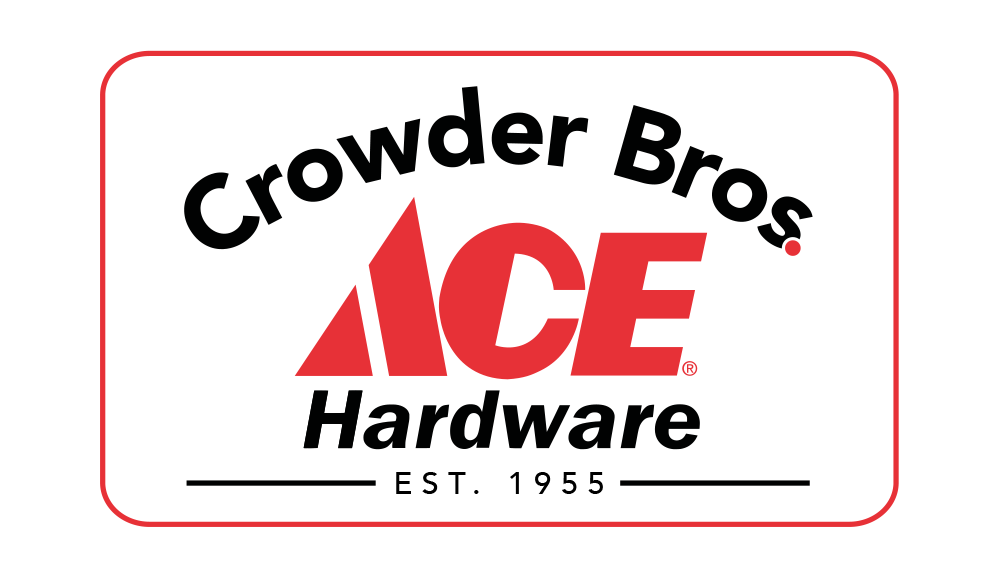Maintaining knife edges is an important kitchen and outdoor task. In fact, the skill of how to sharpen a knife is a basic one in most professional cooking and outdoor guiding programs. Professional chefs and outdoorsmen will often hone their edges using sharpening steel every time they take out their knives. A home cook or everyday Benchmade pocket knife carrier might not sharpen knives daily, but it is a great skill to have in your apron or pants pocket!
When is it time to sharpen a knife?
Some cooking and adventure professionals may use feel to tell if a blade needs a touch-up, either by gently inspecting the edge with a finger or running the knife along an arm to see if it cuts a close shave. A much safer way to see if it’s time to sharpen a knife is the tomato test.
Use a ripe tomato and safely and slowly slice it. If it slices through smoothly, the knife is sharp. If the blade pushes the skin or snags on the flesh, then the edge needs some attention.
How to use a Whetstone to sharpen a knife
If smoothly slicing through a tomato is difficult, realign your blade through the use of a whetstone. Electric knife sharpeners work well for lower quality knife sets but high-end knives like Benchmade can be damaged. Two-sided sharpening stones produce good results. The coarse side removes dings and sharpens the blade, and the other finer side smoothes and polishes the edge.
Submerge the whetstone for approximately 5-10 minutes in a sink or other water-filled container. When no bubbles are visible, the whetstone has soaked up enough water. See the instructions which come with the stone because it may require soaking longer or additional liquids, such as mineral oil.
Use a microfiber cloth on your countertop with the whetstone placed on top, holding it in place.
Angle the blade against the stone with the sharp edge always pointing away from the body. With one hand on the handle the other guides the tip, slowly pull the knife up the stone, sustaining as close as possible to a 22-degree angle, or about two stacked pennies height from the stone.
Push the blade from left to right with very little pressure, then repeat this process about a dozen times. Turn the knife over and repeat the same movement.
Turn over the stone to the finer side and repeat. After, use a sharpening steel to hon the blade; below read how to use a sharpening steel.
To clean the knife, hold the edge away from your hand and wipe with a microfiber cloth. This helps remove any excess metal from the edge. Also, clean your Whetstone with water to remove any metal particles left inside.
Honing a Blade with a Sharpening Steel
Help maintain the blade edge between whetstone sharpenings. You can use the following method:
With your strong hand hold the knife.
Angle the blade on the steel at 22 degrees (remember the “about two stacked pennies height” approximate distance), then slide it against the steel about 10 times on both sides.
Sharpen a Knife with an Electric Sharpener
Electric knife sharpeners do well for everyday use or lower quality everyday carry pocket knives. Most top electric knife sharpeners use a diamond particle abrasive inside to regrind the edge. This material out does ceramic and carbide abrasives because it comes down to durability and makes for a clean cutting area on the edge of the knife.
The sharpening chamber design is important to allow the blade to pass through easily but with slight guidance on the sides. Hold the knife steady during the duration of each pass through the sharpener. Confidently pull the knife through as smooth and as straight as possible to create a smooth and sharp edge.
Better quality sharpeners will have a more snug-fitting knife guide with high sides which helps control the knife and keep it aligned as it passes through the machine.
Manual Knife Sharpeners are Simple and Effective
A lower-cost option compared to electric models are manual sharpeners. They are easy to use because of their small size and are good for quick touch-ups on your knife-edge. Buy a sharpener that has features like the electric model with a knife guide with high edges, diamond abrasive grinders, a wide and stable base, and a grip that is comfortable.
A manual model will not restore the edge like an electric model. Badly damaged knives should be sharpened using an electric sharpener or professionally sharpened.
A good kitchen or top-quality Benchmade everyday carry pocket knife should always be razor-sharp with blades stored properly and at the ready. If you need to chop up a quick salsa for dinner, a beautifully sliced fruit plate, or cutting through cardboard and rope, knowing how to sharpen a knifes edge provides a lifelong skill that will give you the tools needed to slice and cut your work time.
Keep Your Knives Razor-Sharp with Crowder Bros. ACE Hardware in St. Pete Beach!
A sharp knife is a safe knife! Whether you’re a home chef or tackling DIY projects, we’ve got the tools and tips you need to keep your blades in top shape. Shop sharpeners, honing tools, and more at your local store!
📍 St. Pete Beach Location:
320 75th Ave, St. Pete Beach, FL 33706
📞 Call Us: (727) 308-4000
🛒 Shop Now: Shop ACE
Stay sharp—visit Crowder Bros. ACE Hardware today!



